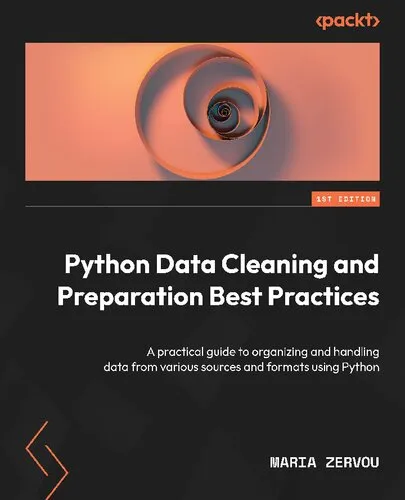Python Data Cleaning and Preparation Best Practices
5.0
Reviews from our users

You Can Ask your questions from this book's AI after Login
Each download or ask from book AI costs 2 points. To earn more free points, please visit the Points Guide Page and complete some valuable actions.Free Direct Download
Get Free Access to Download this and other Thousands of Books (Join Now)
For read this book you need PDF Reader Software like Foxit Reader
Accessing books through legal platforms and public libraries not only supports the rights of authors and publishers but also contributes to the sustainability of reading culture. Before downloading, please take a moment to consider these options.
Find this book on other platforms:
WorldCat helps you find books in libraries worldwide.
See ratings, reviews, and discussions on Goodreads.
Find and buy rare or used books on AbeBooks.
Reviews:
5.0
Based on 1 users review
the_melting
June 29, 2025, 3:14 p.m.
The book excels in demonstrating both structured and unstructured data handling, offering end-to-end code examples for practical implementation. Its sections on optimizing and tuning operations like joining and merging are especially strong, showing how these techniques can significantly impact code performance. The detailed testing methods included help users understand the performance trade-offs of their operations. Additionally, the chapter on large language models (LLMs) is a highlight, showing how to combine modern techniques with traditional problem-solving approaches, bridging older and newer technologies.


